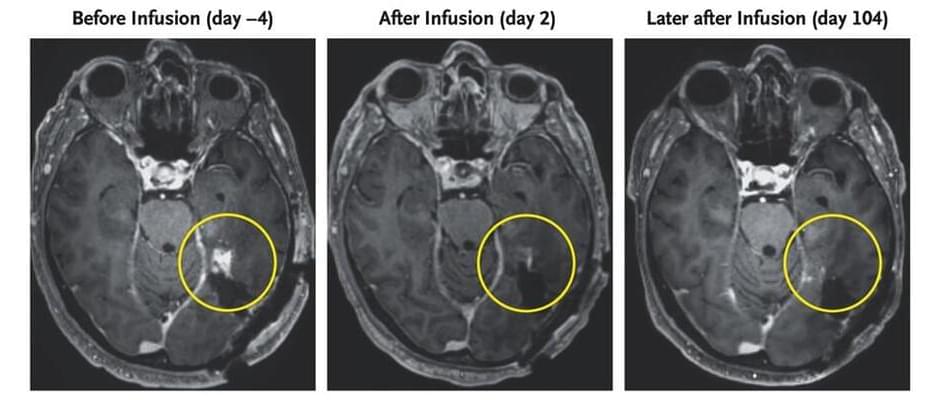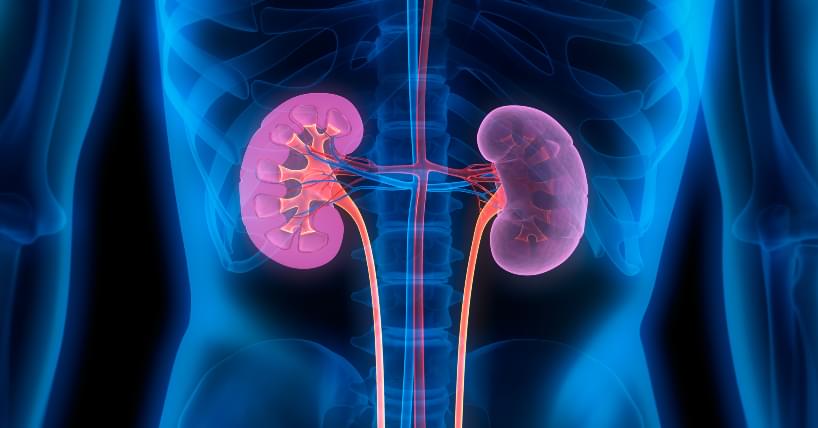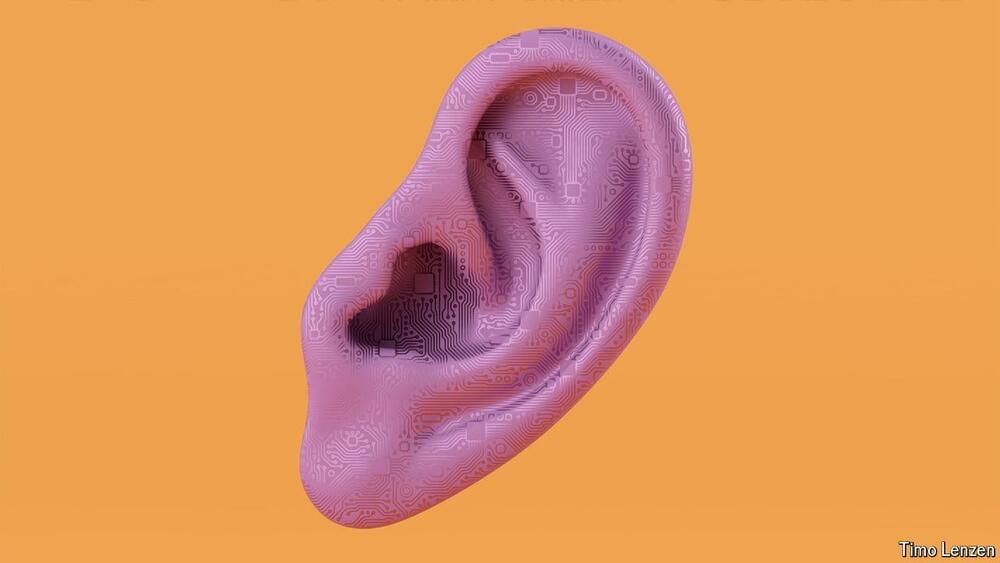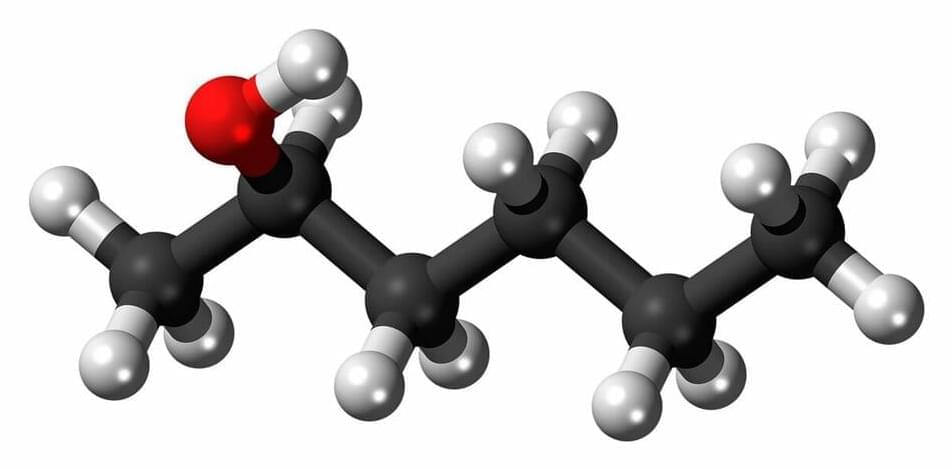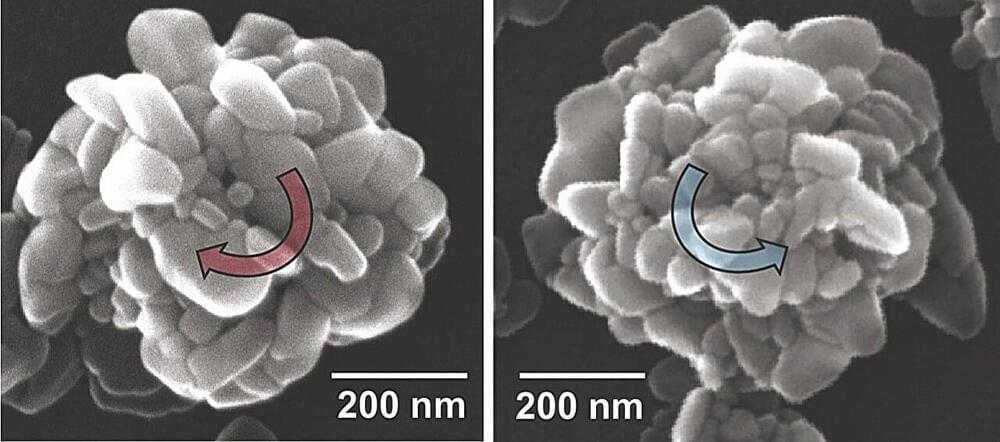Learn more about the role of your stomach and learn more about the signs and symptoms of stomach cancer that you should be aware of.
The stomach is part of the body’s digestive system, located in the upper abdomen.
It acts as a temporary storage area for food before being mixed and broken down and passed through the rest of the upper gastrointestinal system.
Stomach cancer – sometimes also referred to as gastric cancer – occurs when abnormal cells in the stomach grow out of control. This may also occur in the junction where the stomach meets the oesophagus.
Unlike other cancers, there is no early detection test for stomach cancer.
The symptoms are often vague and can be similar to other medical conditions – so it’s important for you to see your GP for a review if you experience symptoms that are unusual for you or persistent.
